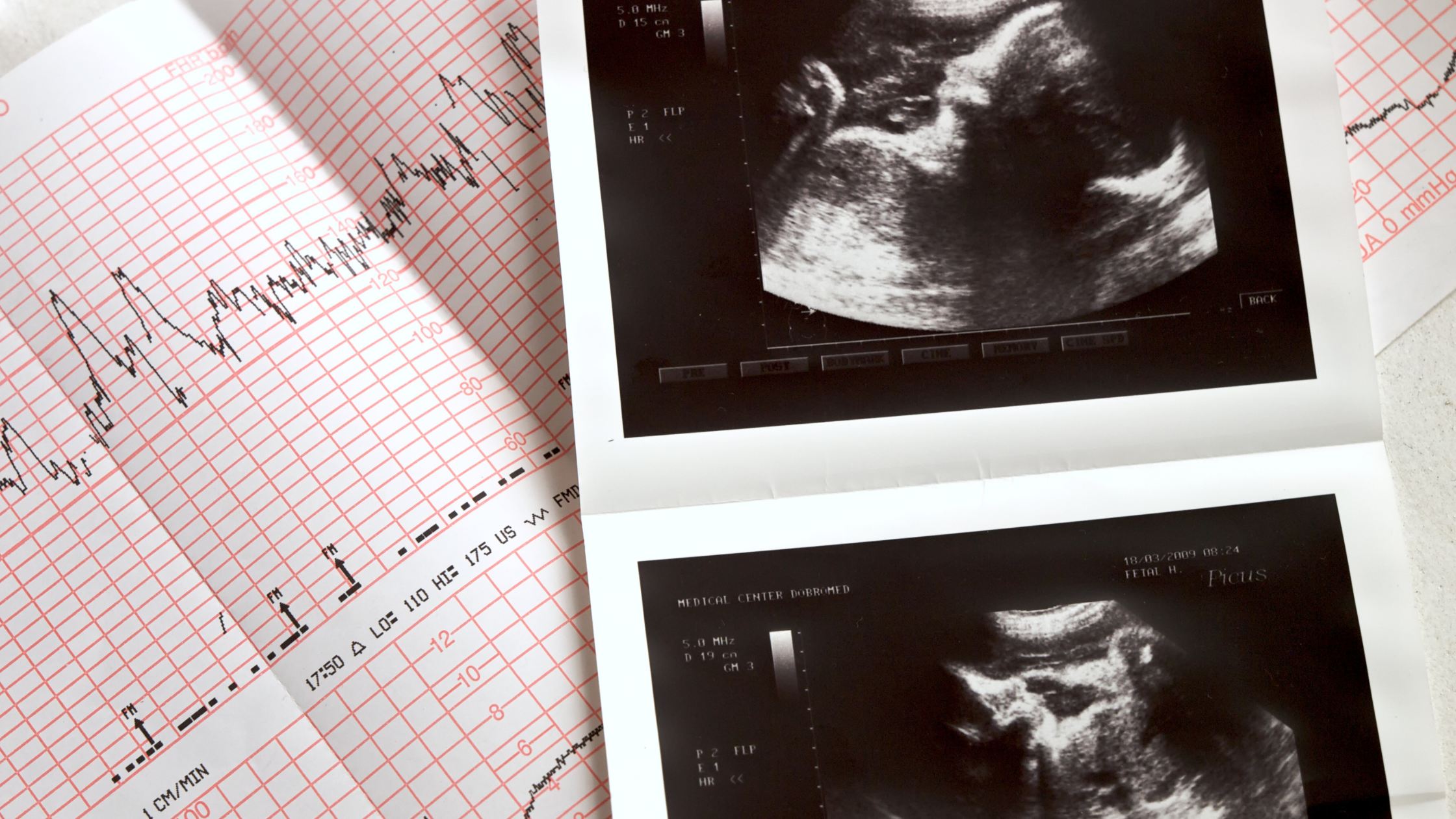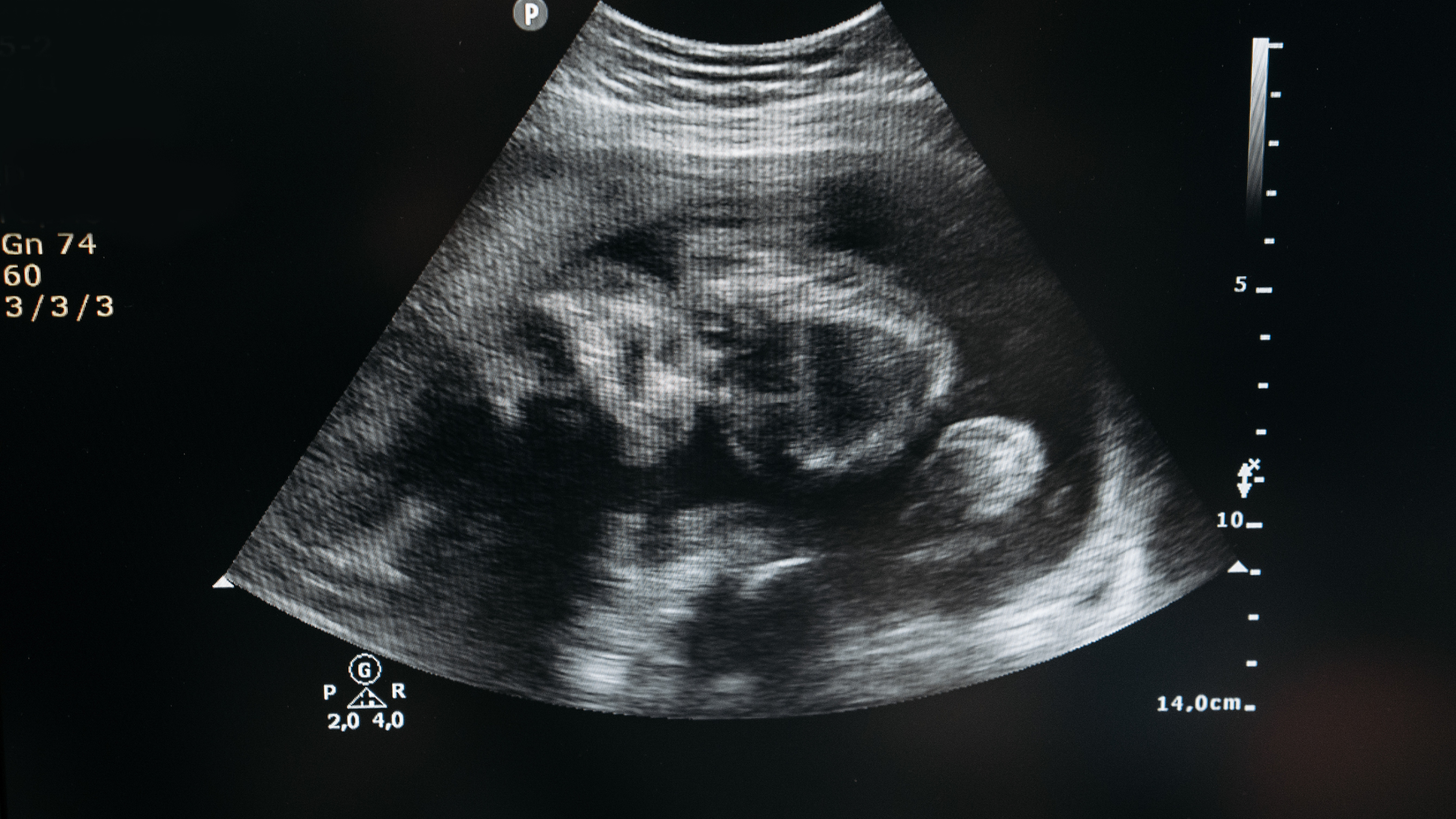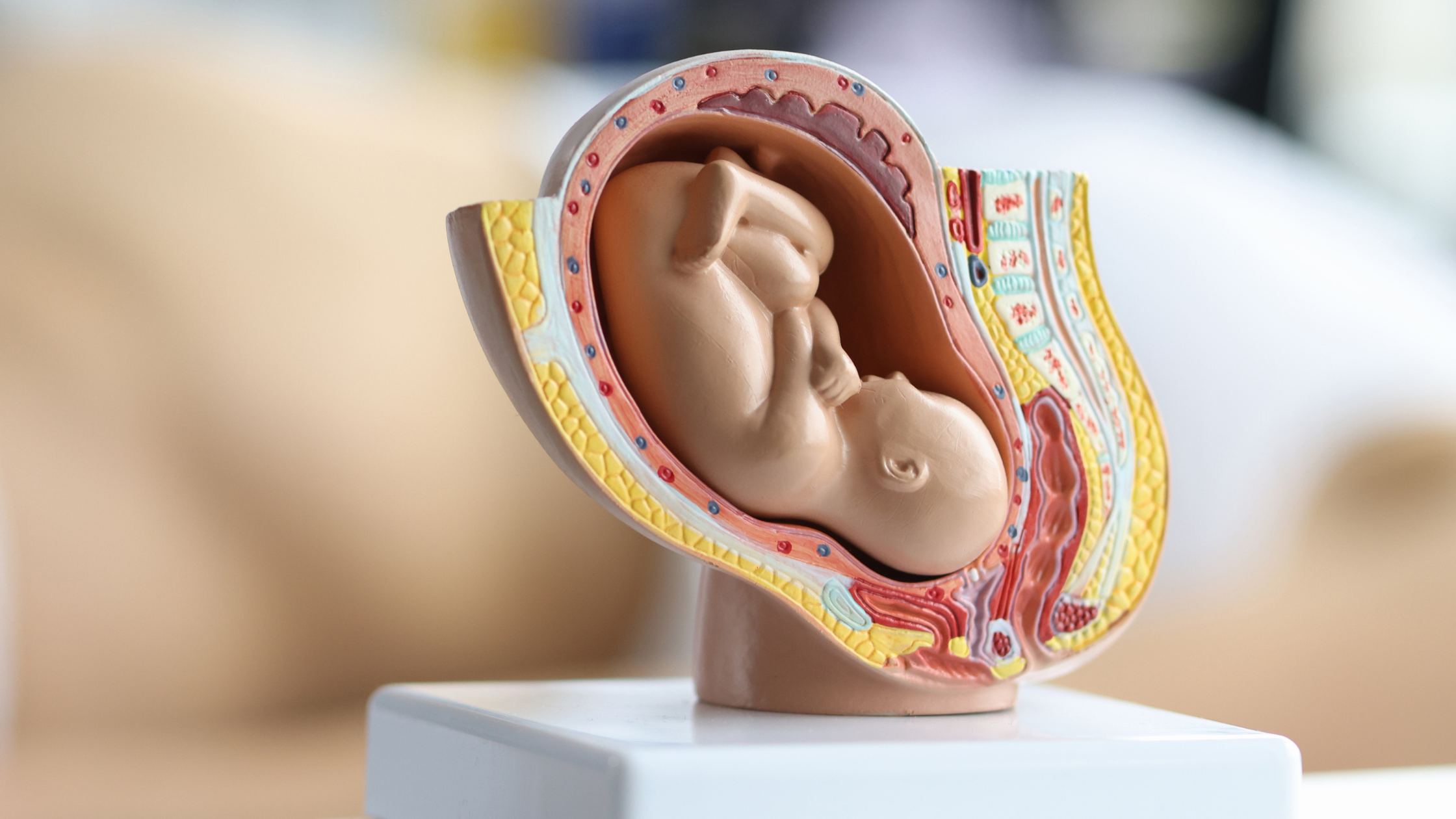Mastering Chorioamnionitis: Your Ultimate NCLEX Guide for Nursing Success

Understanding Chorioamnionitis is Important for Nursing Students
Understanding chorioamnionitis is important for nursing students preparing for the NCLEX exam for several reasons:
Maternal and Fetal Health: Chorioamnionitis is an infection of the fetal membranes (amnion and chorion) and the amniotic fluid. It poses serious risks to both the pregnant individual and the developing fetus. If left untreated, it can lead to maternal sepsis, preterm labor, and even fetal demise.
Recognition and Diagnosis: Nurses need to recognize the signs and symptoms of chorioamnionitis, which may include maternal fever, uterine tenderness, foul-smelling amniotic fluid, and maternal or fetal tachycardia. Early identification and diagnosis are crucial for timely treatment.
Prompt Treatment: Chorioamnionitis requires prompt medical intervention, often involving intravenous antibiotics to prevent maternal and fetal complications. Nurses need to understand the importance of timely administration and monitoring of antibiotics.
“What if I fail?”
You don’t need more questions. You need a real plan.
🎯 SIMCLEX + Flash Notes + ReadyScore = NCLEX Survival Package
Know you’re ready — before test day.
Labor and Delivery Considerations: Chorioamnionitis can lead to preterm labor or necessitate induction of labor. Nurses should be familiar with the management of labor in cases of chorioamnionitis and the associated risks.
Infection Prevention: Nurses play a role in preventing the spread of infection within the healthcare facility. Understanding infection control measures, such as hand hygiene and proper isolation precautions, is crucial.
Patient Education: Nurses educate pregnant individuals about the signs and symptoms of chorioamnionitis, the importance of seeking medical attention if symptoms arise, and the rationale behind prescribed treatments.
Postpartum Care: Nurses need to provide postpartum care for individuals who have experienced chorioamnionitis, monitoring for signs of infection and providing education about self-care and follow-up.
NCLEX Preparation: The NCLEX exam may include questions about chorioamnionitis, its assessment, management, and potential complications. A strong understanding of this topic is essential for answering these questions accurately.
Overall, understanding chorioamnionitis is crucial for nursing students to provide safe, effective, and patient-centered care to pregnant individuals and contribute to positive maternal and fetal outcomes.
Chorioamnionitis Overview
1. Intrauterine infection of the chorion, amnion or fetal membranes.
2. Classified with high maternal fever, fetal tachycardia, maternal tachycardia, or foul smell.
General Information on Chorioamnionitis
1. Causesa. Intrauterine or invasive procedure
i. Cervical exams (foreign body inserted causing infection)
ii. Amniocentesis (because a foreign needle is inserted in the sac)
iii. Prolonged rupture of membranes (more opportunity for bacteria to enter)
2. Can result in endometritis and sepsis
Nursing Assessment for Chorioamnionitis
1. Diagnosticsa. Fever over 100.4° F + two of the following:
i. Leukocytosis
ii. Maternal tachycardia
iii. Malodorous amniotic fluid
iv. Fetal tachycardia
2. Monitor vitals of mother and fetus for S/S of sepsis or fetal distress
a. Maternal tachycardia
b. Maternal temperature
c. Fetal tachycardia or decelerations
3. Draw blood cultures promptly if suspected – BEFORE antibiotics are initiated
4. Mother treated primarily with ampicillin and gentamicin.
5. After delivery, the infant might be treated also depending on the symptoms
Nursing Case Study for Chorioamnionitis
Patient Profile:
Emily Johnson, a 28-year-old primigravida at 38 weeks gestation, presents to the labor and delivery unit with complaints of fever, uterine tenderness, and foul-smelling vaginal discharge. Her prenatal history is uneventful, with no known medical conditions.
Assessment:
Upon assessment, Emily has a fever of 101.5°F (38.6°C), her uterine contractions are regular and frequent, and she reports abdominal discomfort. Her amniotic fluid has a foul odor, and the fetal heart rate monitor shows mild tachycardia.
Diagnosis:
Emily's presentation is indicative of chorioamnionitis, an infection of the fetal membranes and amniotic fluid. The maternal fever, uterine tenderness, and foul-smelling amniotic fluid are classic signs of this condition.
1. Infection Assessment:
Monitor Emily's vital signs closely, focusing on her temperature, heart rate, and blood pressure.
Continuously assess uterine contractions, uterine tenderness, and maternal discomfort.
2. Fetal Monitoring:
Monitor the fetal heart rate for any signs of distress due to the infection.
Assess the fetal heart rate variability and any decelerations that might indicate fetal compromise.
3. Fluid and Nutrition:
Encourage Emily to stay hydrated and maintain appropriate nutrition.
Administer intravenous fluids if needed to support hydration and prevent dehydration due to fever.
4. Antibiotic Therapy:
Collaborate with the healthcare provider to initiate intravenous antibiotic therapy based on culture and sensitivity results.
Educate Emily about the importance of completing the prescribed antibiotic course.
5. Labor Management:
If Emily is in labor, monitor the progress closely and assess for any signs of infection-related complications.
Collaborate with the obstetrician to determine the appropriate management plan for labor.
6. Education and Support:
Provide emotional support to Emily and her partner, addressing their concerns and fears related to the infection and its potential impact on the baby. Educate them about chorioamnionitis, the rationale for antibiotic treatment, and the signs of improvement or complications.
7. Infection Prevention:
Practice strict infection control measures, including hand hygiene and proper use of personal protective equipment, to prevent the spread of infection.
8. Documentation:
Thoroughly document Emily's condition, interventions, responses to treatment, and fetal monitoring data.
Outcome:
With prompt and appropriate management, Emily's infection is successfully treated. Her fever subsides, uterine tenderness diminishes, and fetal heart rate stabilizes. She goes on to deliver a healthy baby without further complications related to the infection.
“What if I fail?”
You don’t need more questions. You need a real plan.
🎯 SIMCLEX + Flash Notes + ReadyScore = NCLEX Survival Package
Know you’re ready — before test day.
You CAN Do This
Happy Nursing!








